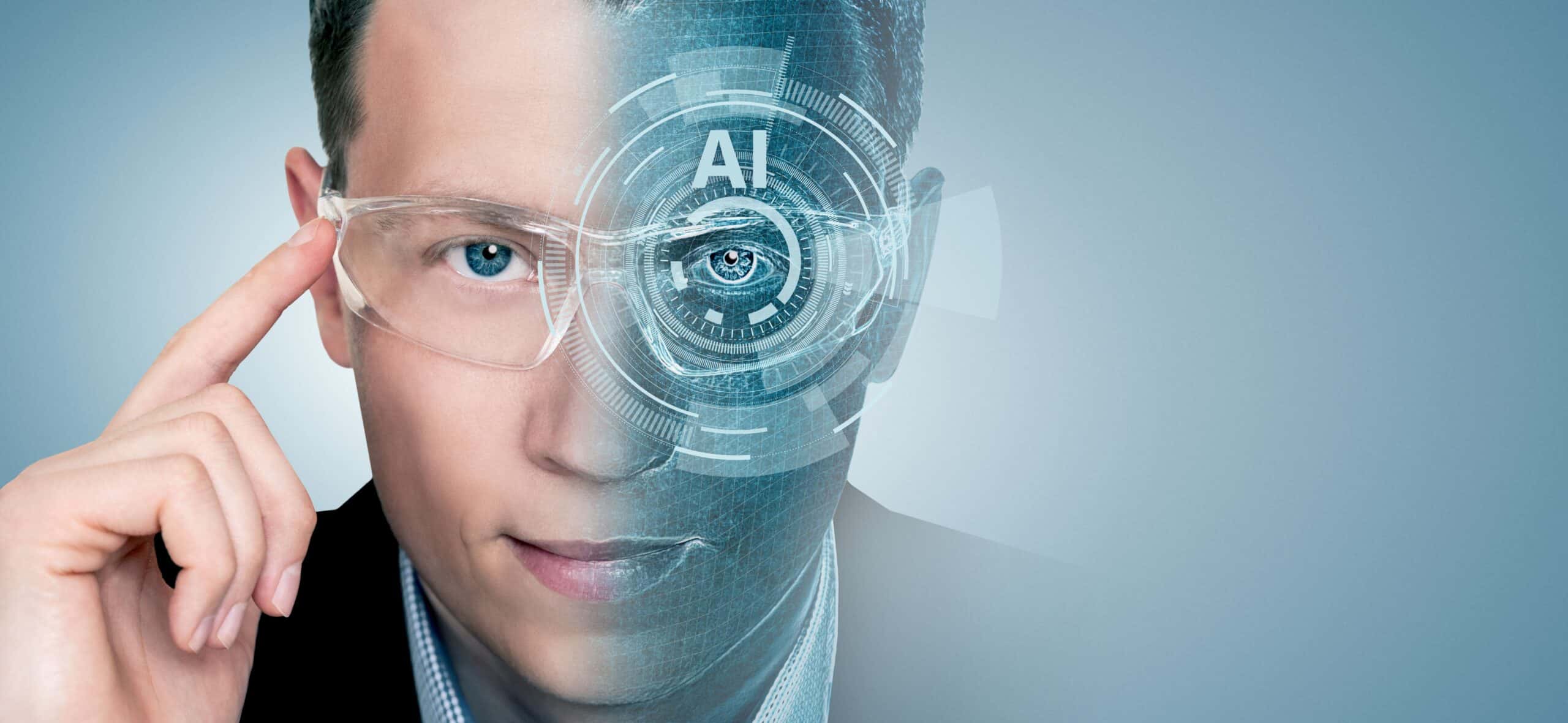- Big data: the ever growing tsunami of information
- The Internet of Things allows powerful advances in smart technology
- Self-driving systems will soon take the controls of our cars
- Will advances in robotics lead to an employment crisis?
- The magic of virtual and augmented reality
- 3D printing: already disrupting manufacturing and medicine
To say that today’s biggest technology trends are set to transform the future is an understatement. What’s already possible today may seem like sci fi but these are the trends that will define the lives of our grandchildren. They are the result of seismic shifts initiated by the allied sciences and complementary developments of the last few years. Discoveries in one field open doors in another, enabling collaboration that pushes the boundaries of what’s possible.
For example, artificially intelligent hedge fund management is already here, transplant patients can have custom-made organs printed in real-time and you can already swallow a tiny sensor that reports your vital signs to your physician. Within the next three decades, android assistants will be everywhere, human ageing will be defeated and self-driving cars will mark the end of traffic congestion and accidents. Here are six of the biggest technology trends that will shape 2017 and beyond.
1. The growing tsunami that is big data
Big data is the growing tsunami of information generated by sensors, mobile devices and networked things such as wearables and payment terminals. The information is unstructured and, in order to be of any use, needs to be carefully analysed. Big data is what joins daily life to consumer desire. It is the key to client satisfaction. It enables organisations to get a better understanding of their customers, predict their needs and desires, and adapt in real time. Now imagine all the fantastic new developments that are possible when big data is linked with artificial intelligence! A good example is machine-managed hedge funds. Aidyia, run by a complex artificially intelligent system, uses the data it collects from global markets to predict price fluctuations and long-term market trends. Working much like the human mind, Aidyia tries to understand changes in the market in context. It’s not trading faster, it’s trading smarter. According to Ben Goertzel, the company’s chief scientist, no human intervention is needed. In fact, in the event we all die, Aidyia would just keep on trading. When it comes to big data and artificial intelligence, Aidyia is just the tip of the iceberg.

2. The Internet of Things allows powerful advances in smart technology
The concept of the IoT is not complicated. It is networked system of processors, sensors and software to which almost anything is connected. This enables us access to the benefits of data and gives us control. We can have access to an unbelievable surge of information (big data), and the application of artificial intelligence makes predictive analytics possible. In addition, the connectivity that drives this horizontal and vertical integration allows some powerful advances in smart technology. Medical implants and wearables are an emerging frontier in the Internet of Things. Swallowing an electronic ‘pill’ with a sensor the size of a grain of sand – attached to a wearable skin patch – already enables patients to provide their doctors with real time information on vital statistics. This means that physicians are now able to measure lifestyle changes, medicine adherence and patient compliance, and patients know instantly whether or not their medication is effective. Patients can control which information they share and with whom, which is especially important given the current concerns around privacy. Sounds like science fiction, doesn’t it? Except that it isn’t. The Proteus Discover ingestible sensor system is already being prescribed for patients with diabetes and hypertension in the US.
3. Self-driving systems will soon take the controls of our cars
Transportation will never be the same again. Recent developments in sensor technology, improvements in wireless communication and advances in real-time processing mean that self-driving systems will soon take the controls of our cars. This frees us op to check our email, read the news or to just sit back and enjoy the ride. This trend is much more advanced than you might think and promises imminent disruption. How developed this trend is can be illustrated by Otto, a California-based startup recently taken over by Uber. Otto demonstrated that an autonomous tractor-trailer, kitted with high tech hardware and software to the value of $30,000, managed to successfully transport 50,000 cans of Budweiser over a 190 km journey without any human assistance. The technology used included a suite of sensors such as lidar to locate the truck relative to the road and other vehicles. It maintained a safe following distance and changed lanes only when absolutely necessary. The Otto example shows us that the question is not: “Will self-driving systems ever replace human drivers”, but rather, “How soon?”
4. Advances in robotics will almost certainly lead to an employment crisis
The past few years have witnessed incredible advances in robotics. Driven by the decrease of the cost of automation and the realisation that advanced robots are superior to skilled workers at various tasks, robotics will soon be a part of daily life and work. As the crude automation of the past years makes way for smaller, smarter and more mobile designs, we need to prepare for big changes in logistics and production, medicine and home health care. We tend to think robotics are limited to heavy industry but advances in machine learning, force limitation and mobility are pushing robotics beyond factories. In fact, personal assistant robots will soon join us at work and in our homes and fully automated factories and android assistants are almost here. Recent developments in quantum computing have resulted in incredible thinking machines such as IBM’s Watson. These machines have the potential to replace engineers, accountants and physicians. Intelligent, mobile and safe robots might replace as much as 80 percent of current jobs, almost certainly leading to an employment crisis in the near future.
5. The magic of virtual reality and augmented reality
Virtual and augmented reality are set to change industry, education, entertainment and medicine forever. Virtual reality removes the user out of the real world and into a simulated environment, whereas augmented reality digitally overlays information onto the real world. One of the most interesting uses for these new technologies is in the real estate industry. Realtors are excited by the prospect of virtual tours that enable their clients to see a property from the comfort of his or her home, simply wearing a VR headset. The dynamic 3D model of the home, complete with the client’s furniture, could be virtually explored to provide a life-like sense of the home. With the use of augmented reality, a client could walk through a real, brick-and-mortar house and see information such as room dimensions or mortgage rates pop up in front of his or her eyes at just the right moment. The AR headset can sense the wearer’s eye movement and automatically show additional information on whatever it is he or she is looking at. It can also project the client’s furniture in the room so that he or she can see how the couch might fit. These are just some of the ways in which VR and AR could enhance the future of real estate.
6. 3D printing – already disrupting manufacturing and medicine
3D printing or additive manufacturing is the process during which layers of resin or thermoplastic are extruded and hardened by high-precision machines. The technology is already disrupting traditional manufacturing and medicine and as printing tech improves and costs decrease, we can expect to see innovation in everything from retail to medical implants. 3D printing enables instant production and the printers can be dispersed rather than centralised. This means that we’ll soon be able to order a product and have it made in our home, in a matter of minutes. This same convenience also applies to industry. Rather than waiting for a part to be shipped, companies can soon print it in-house. The possibilities of additive manufacturing are astounding. Wake Forest Baptist Medical Centre, for instance, recently successfully printed ear, bone and muscle structures and blood vessels from ‘bio-ink’ – a liquid mixture of cells and nutrients. These tissues were later implanted in animals in order to mature the tissues, functioning as their natural counterparts would. Their research has been funded by the US military to help injured soldiers recover. In the very near future, we will be growing human organs for transplantation purposes, making the long waiting lists for transplantable organs a thing of the past and saving many lives. Hospitals will soon start transplanting bioprinted organs, and that’s just the beginning!
Download our free e-book: ‘Trends 2017’
It’s no overstatement to say that the most exciting tech trends for 2017 are transforming the future. And we’re excited to report that some of what still seems like science fiction is already possible today. We’ve analysed only the best technology developments, bringing you the hard facts and our best insights into the trends that will define the future.








